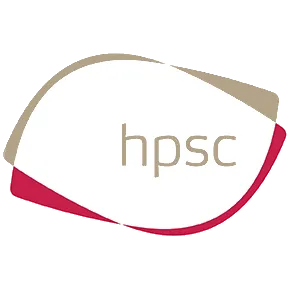Water safety in the home
Baths and water safety
The biggest risk of drowning for babies and children at home is the bath.
Make sure you:
- never leave a child alone in the bath – even for a moment
- if you need to leave the bathroom while bathing your child, take them with you
- do not ask an older child to supervise if you need to leave the room
- always drain the bath as soon as you are finished with it
- never use bath seats
Having the bath too hot is the most common cause of fatal and severe scalds to young children.
When running a bath:
- put the cold water in first
- add warm water until it gets to the right temperature - around 36 degrees Celsius for newborns and 37 to 38 degrees Celsius for babies and children.
- run cold water again to cool the taps so they will not burn your baby
- always test the water with your elbow before putting a child in the bath
Do not use bath seats
Do not use bath seats. They are not safety equipment.
Bath seats give you a false sense of safety. You may think you can safely step away from the bathtub for a moment. But bath seats can tip over. They can then hold a child's head under the water.
Hot water in the home
Never hold your child while making or drinking hot drinks, or cooking.
Scald injuries from kettles and sauce pans on cookers are common. Make sure small children cannot reach for pans or kettle leads. Always cook on back rings first, with handle turned in. Use a cooker guard for protection.
Keep hot drinks out of your child’s reach. It takes very little liquid to injure a child’s face and trunk area. Avoid using tablecloths as children can pull hot drinks down with them.
Preventing burns and scalds from liquids
Preventing burns from cooking and hot food
Other water risks indoors
Empty any containers of water such as basins or mop buckets when you have finished using them. Store them away or put them upside down after use.
Put child-proof latches or locks on toilet seats to prevent your child from falling in.
Child safety checklist for parents including child proofing (PDF, 2 pages, 5.32MB)
Child safety wallchart for parents including basic first aid (PDF, 4 pages, 3.22MB)
Information, Data and Reports for
-
Environment and Health
- Air Quality
- Bathing Water and Health
- Carbon Monoxide
- Climate Change
- Energy and Health
-
Public Health Medicine Environment and Health Guidance and other Resources
-
Heatwaves - Health Impacts
- Covid-19 & Heatstroke
- Heatwave Advice - Children
- Air pollution from wildfires
- Dehydration
- Heatwave Health Advice
- Heatwave Advice - Older Adults
- Heatwave Advice - Older Persons Services
- Heatwave Advice - Outdoor Workers
- Indoor Temperature Control
- Sun and outdoor safety
- Preventing sunburn in children
- Causes and prevention -Skin cancer (melanoma)
- Investigation of possible waterborne disease
- Water Safety
-
Heatwaves - Health Impacts
-
Extreme weather events
- Flooding
- Air Quality
- Carbon Monoxide
-
Key messages for staying safe during cold weather
- Cold Weather Advice for the General Public
- Air Quality and Safe Room Ventilation During Cold Weather
- Cold Weather Advice for Older People and their Families and Neighbours
- Cold Weather Advice for Parents and Caregivers: Tips to Keep your Children Warm this Winter
- Cold Weather Advice for People with Specific Medical Conditions
- Cold Weather Advice for Health and Care Professionals
- Useful Links and Resources
- Frostbite and Hypothermia
- Heat related hazards
- Public Health advice for severe storms
- PHMEHG Submissions
- Noise: Environmental Noise Guidelines
- Radon and health
- Radiation
- PHMEHG position papers



